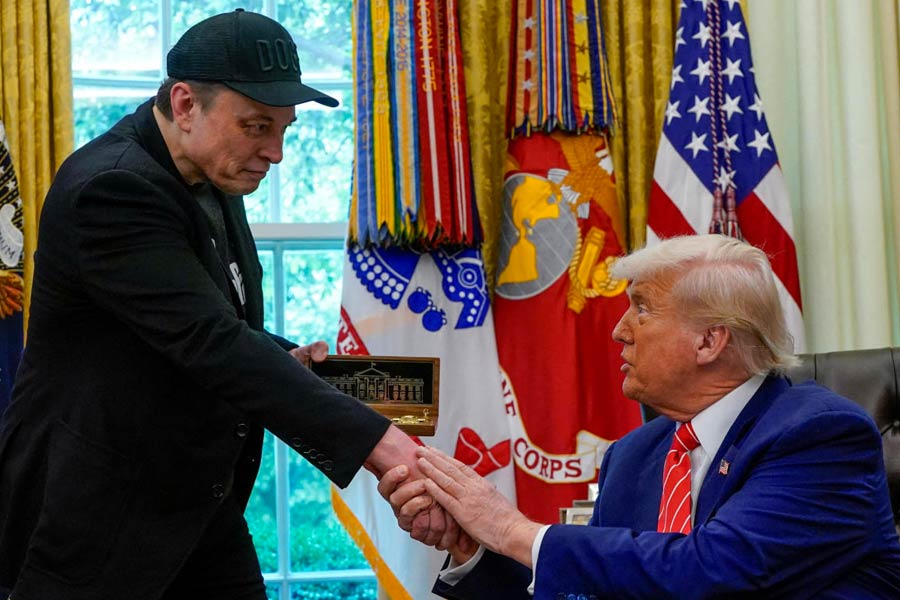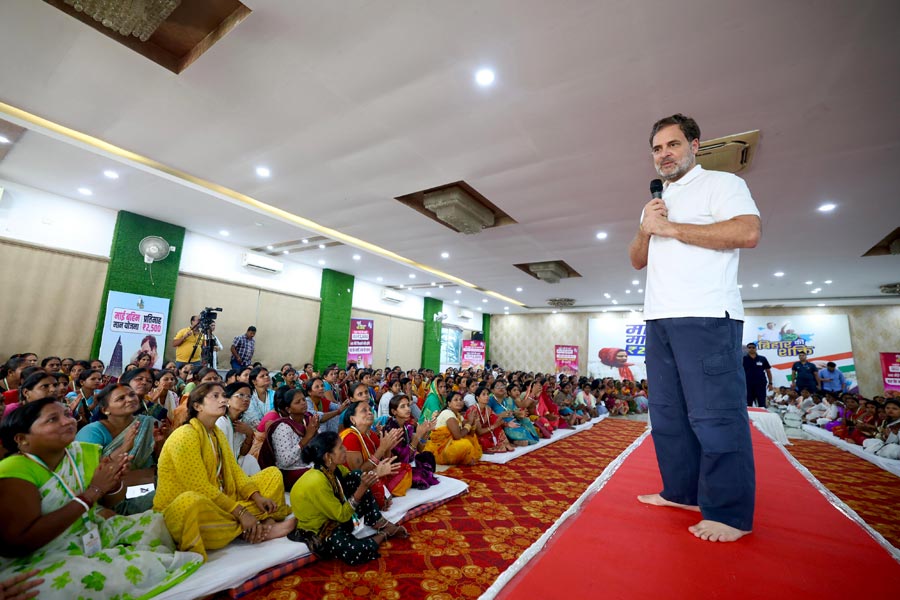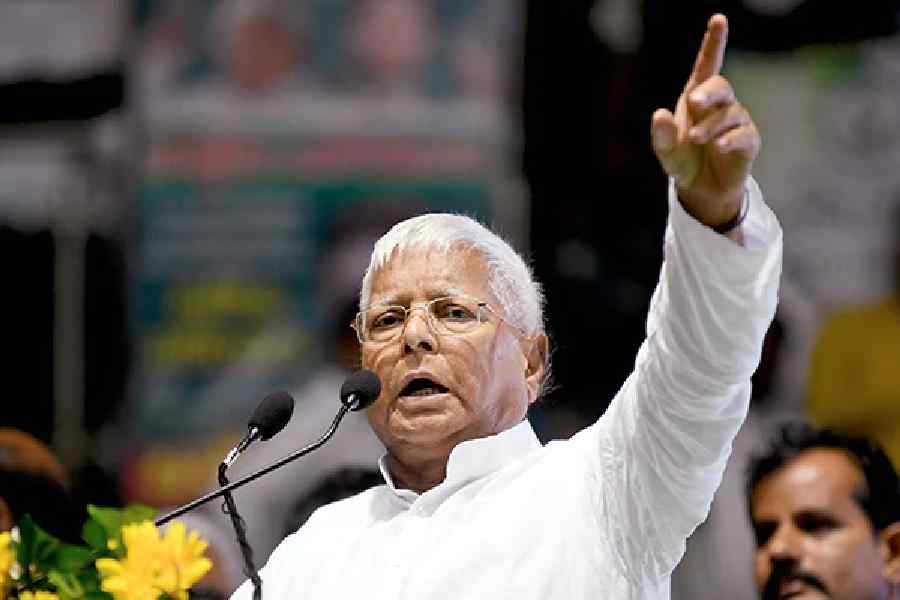 |
| The newly-built Sir Vivian Richards Cricket Ground |
ANTIGUA & BARBUDA
SIR VIVIAN RICHARDS CRICKET GROUND: It’s a new stadium, constructed in partnership with China to replace the Antigua Recreation Ground. The stadium is named after the island’s most famous son, former West Indies captain Sir Vivian Richards. The seating capacity is around 20,000 and the design in many ways is similar to the Warner Park in St Kitts. It will host matches in the Super Eight Series.
BARBADOS
KENSINGTON OVAL: Administrative home of the Barbados Cricket Association, Kensington Oval was the location for the first Test match ever played in the West Indies, against England in 1930. It was closed down after the end of the 2004-05 season and completely demolished to make a new stadium at a cost of $135 million for the World Cup. Now, it has a capacity of 28,000 spectators and will stage six matches in Super Eight Series and the final.
3WS OVAL: A new venue, it has a seating capacity of approximately 3,000-4,000 spectators. This stadium, two kilometres away from the historic Kensington Oval, has been named after legendary West Indies players Sir Frank Worrell, Sir Everton Weekes and Sir Clyde Walcott. It will host warm-up matches.
GRENADA
GRENADA NATIONAL STADIUM: It became the 84th Test venue in 2002 when West Indies played New Zealand. The stadium was rebuilt after it was damaged in 2004 by Hurricane Ivan, which ripped through much of the island. The ground now can accommodate 17,000 people and will host six Super Eight Series matches.
GUYANA
GUYANA NATIONAL STADIUM: New stadium on fresh site on the outskirts of the capital Georgetown, which will be used instead of Bourda which was built in 1884. It has a seating capacity of 16,000 spectators and will host six Super Eight Series matches.
JAMAICA
SABINA PARK: Set amidst the spectacular backdrop of the world famous Blue Mountains, Sabina Park has a capacity of 21,000 seats and will host the opening match, five group-stage matches and the first semi-final. Sabina Park’s greatest moment in Test cricket was the 365 not out scored by Sir Garfield Sobers against Pakistan in 1957-58.
TRELAWNY MULTI-PURPOSE STADIUM: It is located some 40 km east of Montego Bay and now the base for Team India. New stadium has been built in partnership with China. It has a seating capacity of 25,000 spectators and will host warm-up matches and the opening ceremony.
 |
| Australia’s Michael Clarke during a warm up match against Zimbabwe at Arnos Vale on Tuesday |
ST KITTS & NEVIS
WARNER PARK: It was the first of seven new World Cup stadiums to become functional when it hosted its maiden ODI in May and its first Test a month later last year (against India). The Taiwan government funded about $7.1 million in constructing the stadium. The 10,000-seated stadium will host matches in the group stage.
ST LUCIA
BEAUSEJOUR CRICKET GROUND: The stadium is one of the Caribbean’s newest major venues that was completed in 2002. In 2006, it became the first ground in the West Indies to stage a one-day International, against Zimbabwe, under the floodlights. It has a capacity of 20,000 spectators. It will host six first-round matches and the second semi-final.
ST VINCENT & THE GRENADINES
ARNOS VALE STADIUM: The renovated will be opened before the World Cup ceremony on March 11. The picturesque ground is situated between the E.T. Joshua Airport and the Caribbean Sea. The additions to the ground features a two-tier stand that can accommodate more than 5,000 spectators. It has a seating capacity of 12,000 spectators. The biggest match will be a warm-up clash between Australia and England on March 8.
TRINIDAD & TOBAGO
QUEEN’S PARK OVAL: Set in the picturesque Port of Spain background, it is the largest Test ground in the West Indies. It is home to the Queens Park Cricket Club, established 1896, and held its first Test match in 1930, when England won by 167 runs. The best batting record (in Test) on the ground is held by Sunil Gavaskar, when he scored 220 in 1971. For the World Cup, it has undergone minor upgradation.










